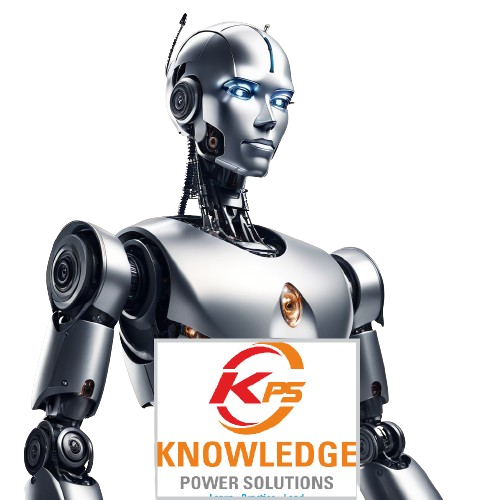Unsupervised Learning is a type of machine learning where the model is trained on a dataset without labeled outputs. Unlike supervised learning, it does not rely on pre-existing labels or answers. Instead, the algorithm identifies patterns, structures, or relationships in the data to organize it or make sense of it.
The primary goal of unsupervised learning is to discover hidden insights, groupings, or underlying structures in the data.
How Unsupervised Learning Works
-
Input Data
- The algorithm receives a dataset with only input features and no target variables.
-
Pattern Recognition
- It analyzes the data to find patterns, similarities, or structures.
-
Output
- The output is typically a grouping (clusters) or reduced dimensions that represent the original dataset.
Types of Unsupervised Learning
-
Clustering
- Groups similar data points together based on their features.
- Examples:
- Segmenting customers based on buying behavior.
- Grouping news articles by topic.
-
Dimensionality Reduction
- Reduces the number of features in the dataset while retaining essential information.
- Examples:
- Visualizing high-dimensional data in 2D or 3D.
- Compressing images for efficient storage.
Popular Algorithms in Unsupervised Learning
-
Clustering Algorithms
- K-Means Clustering
- Divides the dataset into ‘k’ groups based on feature similarity.
- Hierarchical Clustering
- Creates a tree-like structure (dendrogram) to represent data clusters.
- DBSCAN (Density-Based Spatial Clustering of Applications with Noise)
- Groups data points based on density and identifies outliers.
- K-Means Clustering
-
Dimensionality Reduction Algorithms
- Principal Component Analysis (PCA)
- Reduces dimensions by projecting data onto orthogonal components.
- t-SNE (t-Distributed Stochastic Neighbor Embedding)
- Visualizes high-dimensional data in 2D or 3D.
- Autoencoders
- Neural networks used for data compression and reconstruction.
- Principal Component Analysis (PCA)
-
Association Rule Learning
- Apriori Algorithm
- Finds frequent itemsets and association rules in transactional data.
- Eclat Algorithm
- Similar to Apriori, but uses intersection-based techniques.
- Apriori Algorithm
Examples of Unsupervised Learning Applications
-
Customer Segmentation
- Grouping customers based on purchasing patterns to enable targeted marketing.
-
Fraud Detection
- Identifying unusual behavior in transactions as potential fraud cases.
-
Recommendation Systems
- Suggesting products or content by grouping users with similar interests.
-
Anomaly Detection
- Detecting equipment failures in manufacturing or unusual network activity.
-
Document Clustering
- Organizing text documents by themes or topics.
-
Genomics
- Grouping genes with similar characteristics to identify biological functions.
Advantages of Unsupervised Learning
-
No Need for Labeled Data
- Can work with large volumes of unlabeled data, reducing data preparation efforts.
-
Discovering Hidden Patterns
- Reveals insights and structures not visible through traditional analysis.
-
Flexibility
- Can adapt to a variety of use cases without predefined labels.
-
Dimensionality Reduction
- Makes large datasets manageable and easier to analyze.
Challenges of Unsupervised Learning
-
Interpretability
- Results are often less intuitive and harder to interpret than supervised learning.
-
Accuracy
- Without labeled data, it’s challenging to measure the correctness of the output.
-
Choosing the Right Algorithm
- Selecting the most suitable unsupervised algorithm for the task can be complex.
-
Scalability
- Some algorithms struggle with very large datasets or high-dimensional data.
Steps to Implement Unsupervised Learning
-
Define the Problem
- Identify whether the problem involves clustering, dimensionality reduction, or another task.
-
Prepare the Data
- Gather and preprocess data (e.g., normalization, handling missing values).
-
Select an Algorithm
- Choose an appropriate unsupervised learning algorithm based on the problem type.
-
Train the Model
- Apply the algorithm to the dataset to find patterns or groupings.
-
Analyze Results
- Evaluate the output and interpret the insights or clusters.
-
Optimize
- Fine-tune parameters or explore other algorithms if necessary.
Conclusion
Unsupervised learning is a powerful tool for uncovering hidden patterns and structures in data. By analyzing unlabeled data, it enables applications such as clustering, anomaly detection, and dimensionality reduction. While it presents challenges like interpretability and algorithm selection, its ability to process and make sense of vast amounts of data makes it invaluable in fields ranging from marketing to genomics.
